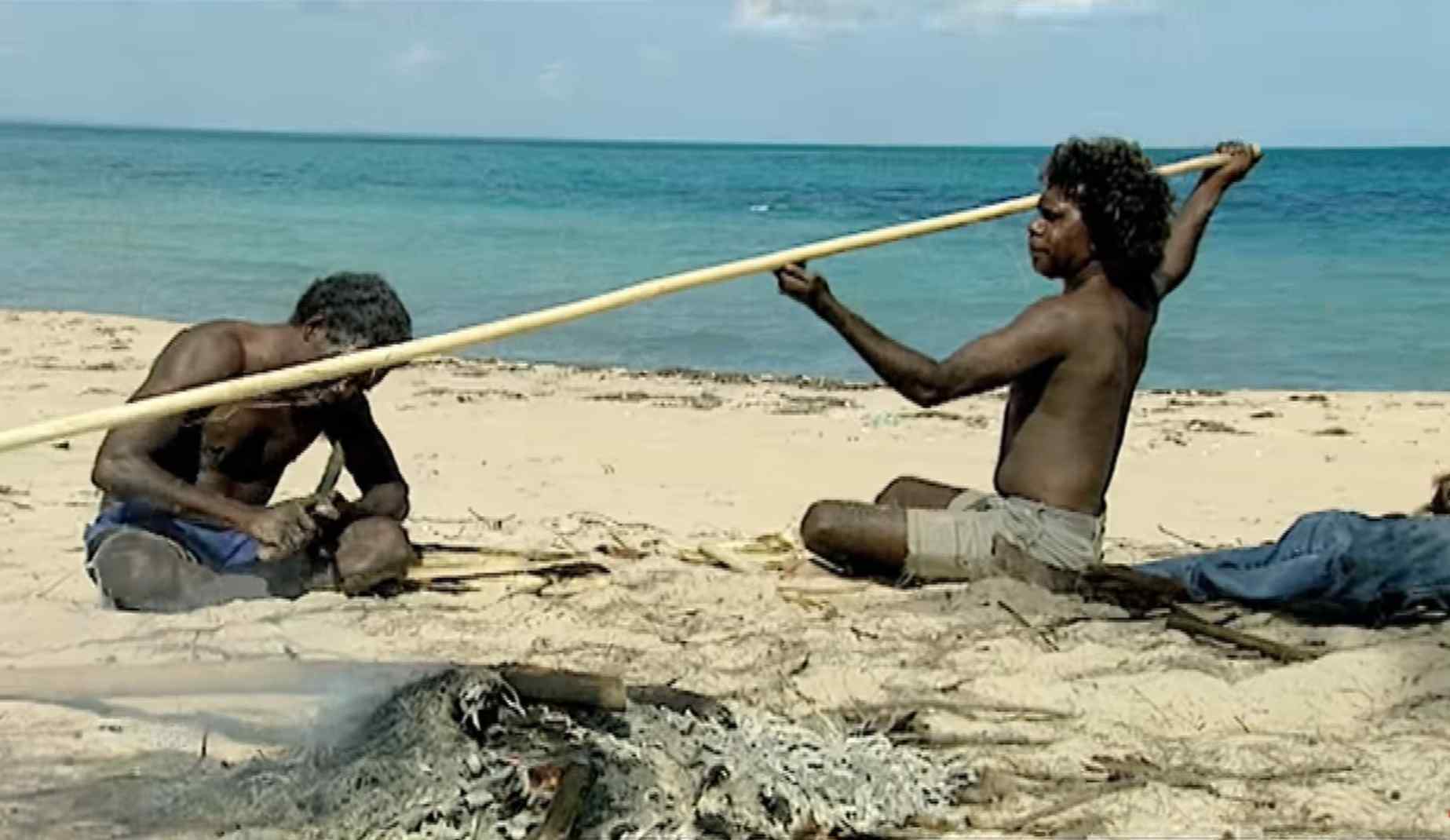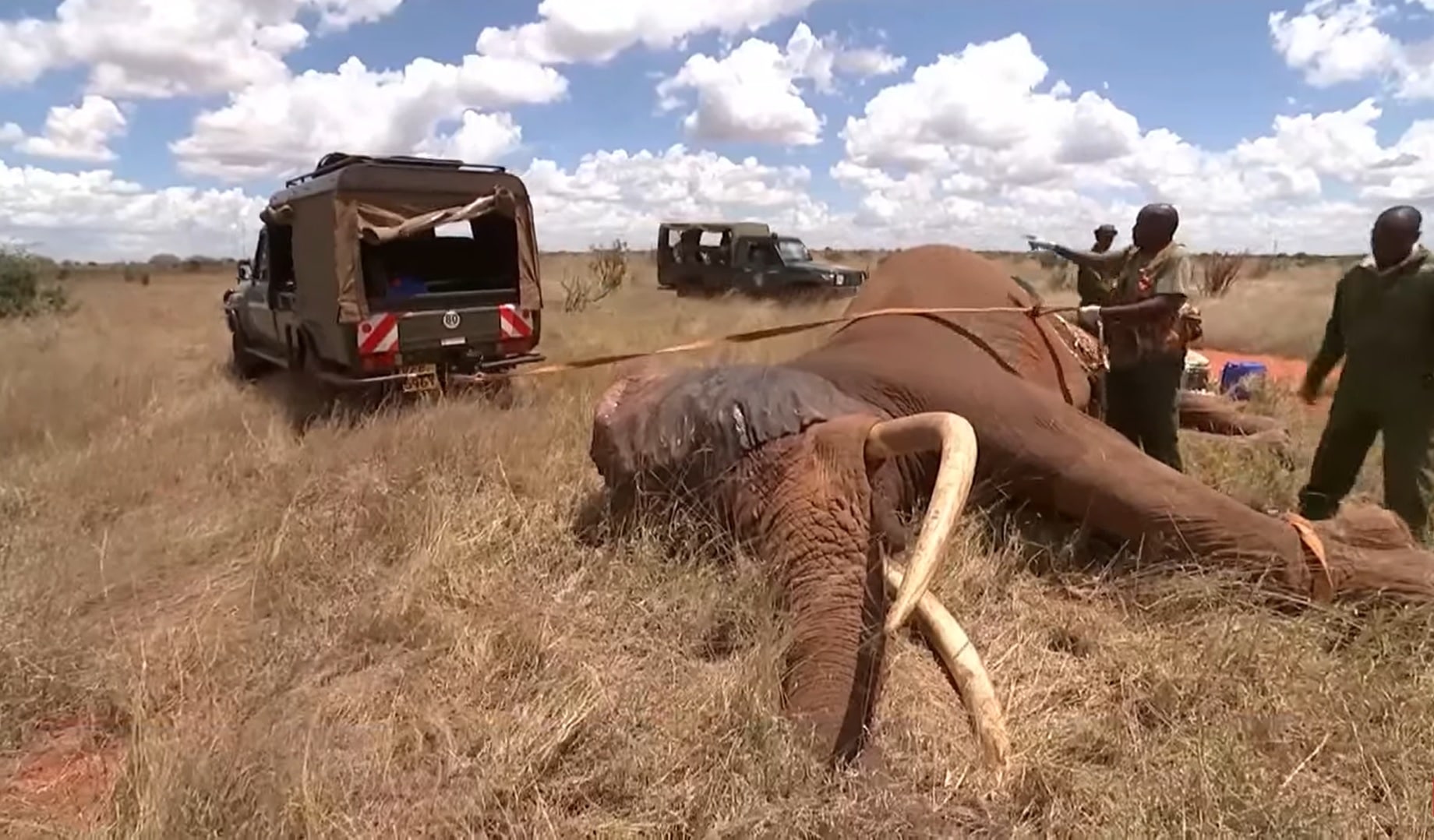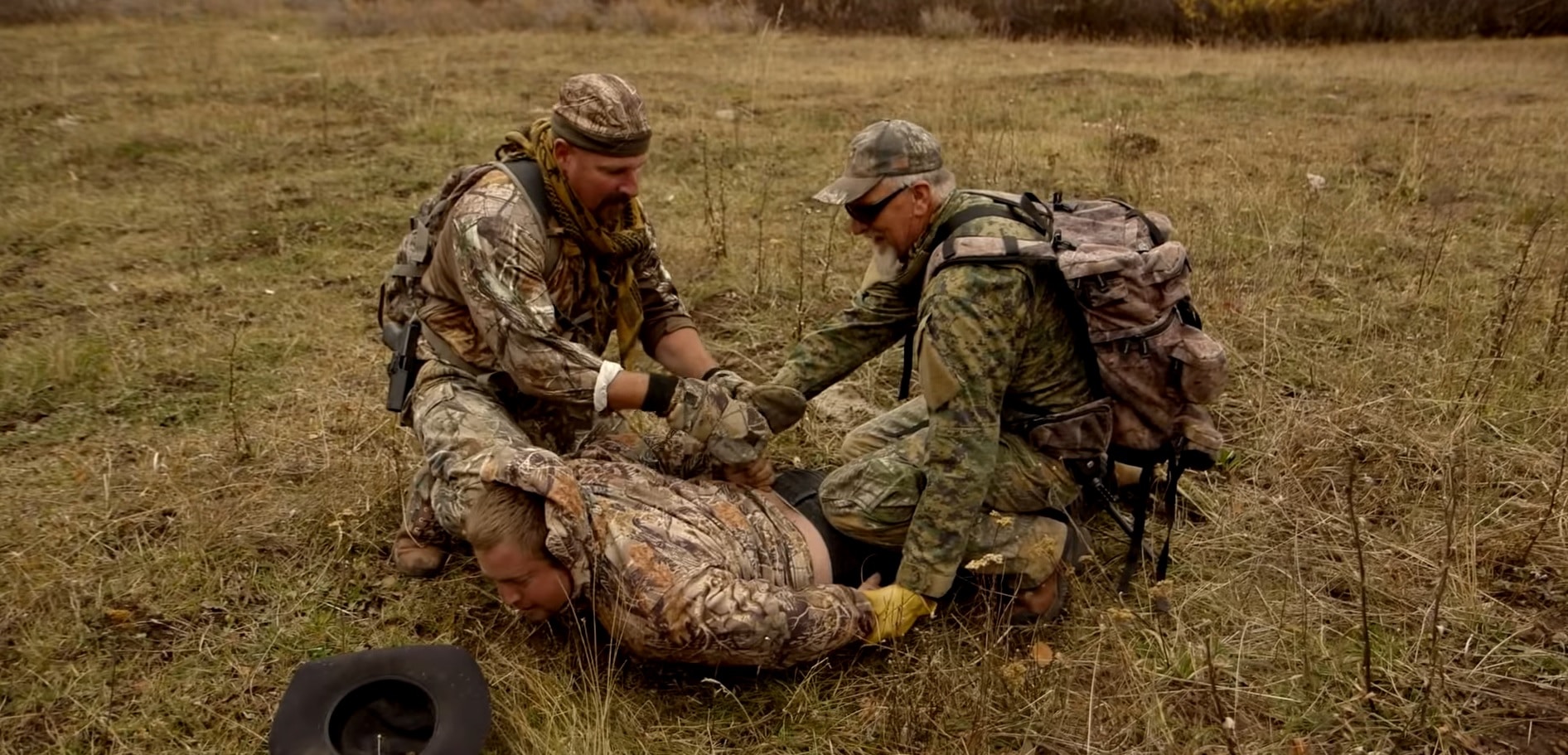Poaching: History, Facts, Consequences And Hope
Poaching or illegal hunting can be defined as an act of taking a wildlife illegally by violating local, state, national, or international law.
Acts which are considered as poaching includes hunting an animal out of season, use of an illegal weapon, without having a licensed weapon, or by employing unlawful method like Jacklighting.
Activities which are also considered as poaching are exceeding bag limit, Killing a protected species, hunting while trespassing.
Things to remember
- Poaching should not be confused with hunting, unlike hunting, poaching is the illegal killing of wildlife.
- One of the biggest drives behind poaching is mankind’s lust to accumulate rare animal products, such as furs and ivory.
- Poaching does not always include the killing of endangered or threatened species. Any animal that is killed unlawfully is categorized as Poaching.
HISTORY OF POACHING

For centuries Poaching has been deemed illegal, but it wasn’t until late middle ages when poaching was finally turned into a punishable offense.
During this period, the right to hunt was exclusive to nobility and landowners.
Common folk did not possess any weapons, nor any skills to use them. They didn’t even have any extra time to go for a hunt, so the point of having any weapons was futile.
But to provide food for their families, they had to come up with other methods, like using snares.
Even though hunting was reserved for the elites, it was still illegal to either buy or sell any wild animals. It remained illegal until the mid 19th century.
When there is a law, there is an outlaw.
Gangs of poachers began forming bands of Outlaws, they started selling these animals in the black market.
People who bought animal food on the black market also included the elites, who either chose not to hunt on their own or just couldn’t do it.
Rural poverty became prevalent by 1700s, so this leads to villagers taking up Poaching as a way to survive. Since food became scarce, common folks then decided to aide poachers as a way of showing defiance.
Even though the gangs of poachers provided food to villagers, they were also quite violent and greedy, Poaching more to sell it on the black market for the elites, rather than feeding the poor.
It became obvious for the authorities that they cannot rely on peasants to turn in poachers, so they devised their own methods to counter this problem, so they started to use spring guns and traps, those would either kill the poachers or maim them.
During the 1830s, traps and spring guns became illegal, and by 1883, peasants were allowed to hunt small game, like rabbits and hares on their own property.
With time Poaching became more frequent and sophisticated, with technological advancement, Poaching has changed a lot from that Robin hood era to our modern times.
MODERN DAY POACHING

With the invention of modern technology and immense scientific research, we don’t have the kind of food scarcity like we did in the medieval era.
So now Poaching is done mostly for commercial profit (including both legal and black markets) and sport.
The population of many such animal species has decreased significantly, some have even been driven to the point of extinction. Courtesy of sportsmen and market hunters.
This is the reason why Poaching is regarded as one of the top contributors to biodiversity loss. In Africa, the failure to properly implement the game codes has resulted in a critical population loss of Rhinoceros, hunted for its horn.
The horn of Rhinoceros contains keratin, which is used in making traditional Chinese medicine
Many have turned a blind eye to this, but Poaching poses a major existential threat to various wildlife species across the planet, particularly in those protected areas like National parks and wildlife reserve.
African elephants suffer the same fate, which is hunted for its ivory.
The famous Bengal tiger of India, Central African Gorilla have similarly being driven to extinction by the illegal hunters.
Pangolins of Asia and Africa are heavily poached for meat, and also for their skin, organs, scales, and other parts of their body which are quite valued in the making of traditional medicine.
Consequences of which, the population of all the 8 species of pangolins have dropped significantly during the onset of the 21st century. And they are now being categorized as endangered or critically endangered species.
Even in birds, many species of parrots are in grave danger because of the pet trade. So is with many tropical fishes, who are being collected illegally for the purpose of aquaria.
In few countries, river Poaching is a major problem, which causes the depletion of fish stocks in many places.
Not just animals, even plants are defenseless against Poaching.
For instance, even though forest are not cleared completely, certain valuable trees, such as Mahogany and Rosewood gets logged illegally from that area.
Thus by doing so, they eliminate not only that tree species, but also all those animals that depend on that tree.
Some plant species are not killed, rather collected illegally to keep them alive and then sell them as an ornamental plant.
As a result, many carnivorous plants like cacti, cycads and various orchid species are threatened by these collectors.
STATISTICS OF POACHING

Few horrifying facts of poaching
- Over 30,000 elephants are poached for their ivory each year.
- Only 4% of wild tigers are alive today, compared to the numbers they had last century.
- An African rhino is killed every eight hours.
- Since the year 2000, more than 1 million pangolins have been killed and traded illegally, thus giving pangolins the title of most trafficked wild mammal in the world.
The continent with the highest rate of Poaching for a particular valuable commodity is Africa, for ivory.
Ivory Poaching and the subsequent trafficking is a major issue throughout Africa.
To protect the ecological heritage of their country, also to keep their tourism industry from sinking, many nations are now securing the remaining population.
Because the National economy of many of these countries depends on tourism, who are drawn to them because of their natural heritage.
According to the President of the International Rangers Federation, and founder of the Thin Green Line Foundation, Sean Willmore, about 2 Rangers (estimated) gets killed every week.
This number could definitely be higher.
Statistics on some major countries affected by Poaching.
Kenya
According to KWS (Kenya Wildlife Service) annual report of 2013, at least 59 rhinos and around 302 elephants were lost due to poaching, this leads to more than 1500 people suspected of being poachers getting arrested and later being prosecuted for crimes against the environment.
During this same time, 3 KWS Rangers were killed on duty and 2 suffered injuries.
Data from this same report also revealed that those arrests of poachers helped KWS re-cover 45 Kg ( around 100 pounds) of rhino’s horn, some 10,106 kg (22,280 pounds) of bushmeat, and 23,145 kg (51,025 pounds) of ivory.
South Africa
In the year 2013, 343 poachers were either arrested or killed across the country.
According to Major-General Johan Jooste, of those 343 poachers, 133 of them were killed in Kruger National Park, another 47 of them were neutralized during shoot-outs with Anti-Poaching Rangers.
In 2014, 386 suspected poachers were arrested by the authorities, these people who were apprehended represents rhino poachers and the couriers whose job is to carry the horn, poaching syndicate members, and lastly criminal syndicate associates.
According to the Annual Report of SAN Parks (2013-2014), only 2 elephants were poached during this review period.
However in 2013, there were 1,004 rhinos which were killed, and throughout the year 2014, there were at least 1,215 rhinos who got poached.
Namibia
Namibia is very safe for wildlife and tourists.
In 2014 only 24 rhinoceros were lost to poaching, Data is scarce on elephant poaching, but according to one source around 116 elephants were lost to poaching, between January 2012 to May 2014.
Mozambique
A safe haven for poachers and the criminal syndicates, who are known for trafficking rhino horn and ivory to the intercessors, who later smuggle those parts across the border.
Mozambique is quite shy when it comes to disclosing the official data on the number of elephants, and rhinos poached within its borders.
India
Home to a diverse and vast agglomeration of wildlife species, it rivals with the African continent.
Till date, India still suffers from the continued tension due to Human-wildlife conflict and cohabitation problem.
Along with that, India also suffers from the growing menace of Poaching, primarily due to demand from the South East.
In 2014, the Wildlife Protection Society of India (WPSI) reported 23 verified deaths of Bengal tigers due to poaching, along with 58 other tiger deaths due to unknown causes.
WPSI also reported that 17 leopards were also lost due to poaching. However 30 additional leopards also died that same year due to some unknown causes.
According to the most recent data of 2013, around 38 elephants and 41 rhinoceros were poached in that same year.
CONSEQUENCES OF POACHING

Wildlife Poaching has a devastating impact on wildlife population, on local communities, and on the environment.
There are many catastrophic effects on animals, the threat of extinction being the greatest for those animals who are the prime victims of Poaching.
Poaching is much more bankable because of Black market demand for animal parts than any other jobs in that region. It’s the harsh truth encountered by people of these communities.
Those animal parts are sold by these poachers as unconventional items and also for their so-called medicinal properties.
Effects On Animals
In 2011, IUNC ( International Union for the Conservation of Nature) declared that Western Black Rhinos have gone extinct. These Rhinos were poached due to the apparent belief in the horn to have healing properties.
With that particular species being extinct, people started to poach it’s subspecies instead.
Another such animal which is critically endangered right now is the Sumatran Tiger. This animal is poached extensively for its skins, bones,, and claws. The market value for these parts goes up to $5000.
Elephants are killed for their tusks, even though it is possible to remove the tusks without killing those elephants, but it is too dangerous to do that while they are alive.
According to an article from On Earth, poachers have killed more than 30,000 elephants during the previous year.
Experts believe that, if the killing continues at this rate, then elephants will certainly go extinct within the next decade.
Effect On Communities
When a certain species faces extinction, the resulting blowback is the serious negative economic repercussions on a local community’s tourism sector.
A community which relies heavily on its wildlife wealth to attract tourists, is at significant risk for economic deprivation, especially when the pervasiveness of poaching is high.
The situation will get even more dire if tourists decide to boycott because of local poaching.
Because a boycott will have a counterproductive effect on a local community’s economy, and hotels, restaurants, rentals, and other such installations are bound to suffer.
Effect On Environment
Poaching has a deleterious effect on the environment as well.
Every year a single elephant excretes up to 28,200 kg of green fertilizer.
So when an elephant is killed, it also means a lot less green fertilizer in our ecosystem.
If elephants go extinct, that would mean we will end up with deserts everywhere, that in turn means no more wildlife, and which ultimately leads to human extinction.
To explain the intricacies of our ecosystem, When the North American Grey wolf was driven to the brink of extinction, due to Poaching and trophy hunting, it’s natural prey, elks witnessed a population explosion and nearly ate the Aspen tree to its extinction in Yellowstone National Park.
Now since the population of Grey Wolves is slowly getting stabilized, elks population is getting balanced out, and as a result, aspen trees are also recovering.
Our ecosystem is quite sensitive, and it needs to be preserved at any cost.
When a certain community faces economic deprivation, they resort to Poaching, which in turn leads to either endangerment or worst case scenario, extinction of different species.
We need all kinds of flora fauna in our environment so that we could have a balanced and healthy ecosystem. Also, for the fact that our own survival depends on it.
MEASURES TAKEN TO CONTROL POACHING
Today humanity is facing a major wildlife crisis. Animals across the planet are being threatened with their habitat destruction, and the increasing demand for wildlife products has led to the unprecedented levels of poaching and trafficking.
Environmental groups, Government agencies, Animal rights groups, and even the Duke of Cambridge have a taken a stand against wildlife poaching.
USFWS (The United States Fish and Wildlife Service), WWF (The World Wildlife Fund for Nature), and The IAPF (International Anti-Poaching Foundation) are the few international efforts at the forefront to put an end to the wildlife poaching.
One such organization which is heavily invested in this mission is the Global Wildlife Program (GWP).

GWP Program Manager Claudia Sobrevila says
“Most people are shocked when they learn iconic species such as rhinos, tigers, and elephants could face extinction in our lifetime, yet they feel helpless to act. Each individual action has a ripple effect, and every person can make a difference—through a critical mass, we can turn the tide.”
WildAid, partner of GWP has successfully reduced the demand of ivory in China by an astounding 65%, by creating public awareness regarding poaching and its detrimental effects on nature. This, according to the WildAid Program Director John Baker.
With assistance from global efforts across various conservation partners and the government institutions, China announced a complete domestic ban on ivory.
Despite the recent data from the Convention on International Trade in Endangered Species of Wild Fauna and Flora (CITES) showing significant loss of elephants to poaching in Central Africa Region, including the huge amounts of ivory being seized which are at a record high.
All in all elephant poaching in Africa has declined significantly for the 5th successive year, while in Eastern Africa the decline has reached to its pre-2008 levels.
“This shows us what is possible through sustained and collective front-line enforcement and demand reduction efforts, coupled with strong political support,” said John E. Scanlon, CITES Secretary-General.
World Wildlife Fund, Another GWP partner whose more than a million supporters took a stand for elephants, thus making this petition the most successful ever for WWF US, also making it the most remarkable petition U.S. Fish and Wildlife Services ever received, from a single organization concerning a single issue.
These efforts, including the multi-year campaign from WWF, finally resulted in the new ivory regulations, which will ultimately put an end to this commercial ivory trade in America.
In the United States, each year thousands of poachers get arrested across the country. However, it has been estimated that less than 5 percent of poachers are actually apprehended.
Poachers slaughter wildlife anywhere at any time, and few of these time they do that in particularly gruesome ways.
In 2015, the Humane Society Wildlife Land Trust and HSUS (the parent organization), paid off 5 rewards amounting to $20,000 for apprehending poachers of a deer and an elk in Oregon, around 10.5 tons of striped bass in Maryland, deer and Moose in Washington, and in Alabama for a dolphin killed with an arrow.
The Trust and HSUS, have offered $805,500 in rewards for the subsequent arrest and conviction of poachers.
Poaching causes the death of tens of millions of animals each year, which according to the estimates of wildlife officials, is a number equal to all legal hunting combined.
These rewards which incorporate many wild animals, from bald eagles and bobcats to mule deer and elk, not only motivates people to provide necessary information to wildlife officials, but they also create awareness of this widespread menace of illegal activity by using the press releases.
Every help is more than welcomed.
Here is how we can help save our wildlife in 7 ways
Educate yourself regarding the different ways of contribution by engaging in a conversation with the conservation community.
There are many such ways of contributing:
- By supporting the park rangers who every day risk their lives by being the first line of defense to safeguard wildlife from armed poachers, or by donating to foundations who take care of injured and orphaned wildlife, or by supporting high-profile campaigns to stop the demand of animal parts, or you can write letters to your policymakers asking them to help save these vanishing species.
- Visit any national park to show support for the wildlife heritage, promoting sustainable tourism, and become enamored and captivated by the beauty of nature.
- Reduce demand for any illegal wildlife parts and their by-products by boycotting them, as WildAid says, “When the buying stops, the killing can too.”
- Invest yourself in learning more about the dangers to our wildlife and their habitats, and how by reducing our carbon footprint, we can keep the wildlife, forests, and oceans healthy and intact.
- Use the strength of your network to motivate other people to act, they can contribute greatly by spreading the word about the grave issues that many species are facing right now. And also by making them realize the urgency of this situation.
- Arm yourself with the knowledge. Before heading out to go bird-watching or hiking, learn more about your state’s wildlife regulations including hunting seasons, so you will be able to identify any violations quickly.
- Upon seeing any suspicious activity, DO NOT try and engage with that individual.
– First, you should get a description of the poacher, his vehicle, and the surrounding area.
– Second, immediately call your state wildlife enforcement department. Quick action is necessary when it comes to catching poachers.
Hundreds and thousands of people have sent in personal cards to wildlife rangers across the planet, admitting and expressing gratitude for the crucial and important work which they do every day.
All those efforts from every organizations and individual against Poaching are quite hopeful, but still, a mountains work to be achieved on behalf of our treasured wildlife.
Follow This Article: Hunting Gear – A Complete Guide For A Memorable Hunt.